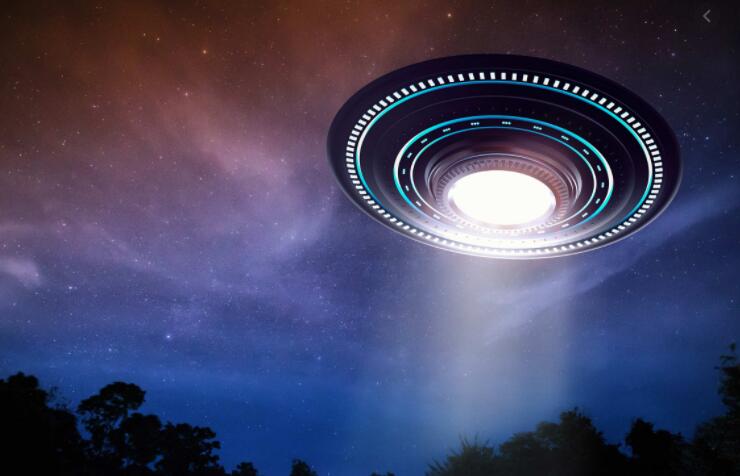(单词翻译:单击)
By using a simple fact: far-away things look like they are going slower than close-up things.
通过一个很简单的道理:远处的东西运动起来看起比近处的东西慢。
You may have noticed this when driving: those distant phone poles pass sluggishly while the ones on the road go zooming by. In a blank white sky, our brains default to a simple strategy: the bigger it looks and the faster it goes, the closer it probably is.
你或许会在开车时有这种感觉:远处的电线杆移动的很慢,而路边的电线杆则移动的很快。在空旷的白色天空中,我们的大脑默认了一个简单的道理:看起来越大、运动的越快的东西,距离我们就越近。

This is a smart way to proceed, and it generally works. Still, our perception can be fouled by rare situations in which we find ourselves looking at something far away that nevertheless moves extremely fast, such as an incoming meteor.
这是一个很聪明的方法,而且它通常都会起到作用。然而,在少有的情况下,我们的感知也会出错。例如,我们在看到一些距离很远但移动极快的东西的时候,如一颗靠近的流星。
At thousands of miles an hour, that flaming object speeds across your field of vision, and your brain can easily conclude it must be much closer than it is,maybe even about to abduct you.
发光的流星以一小时数千公里的速度穿过你的视野,你的大脑很容易觉得它离你比实际距离要近得多。或许它是来绑架你的!
译文来自可可英语


